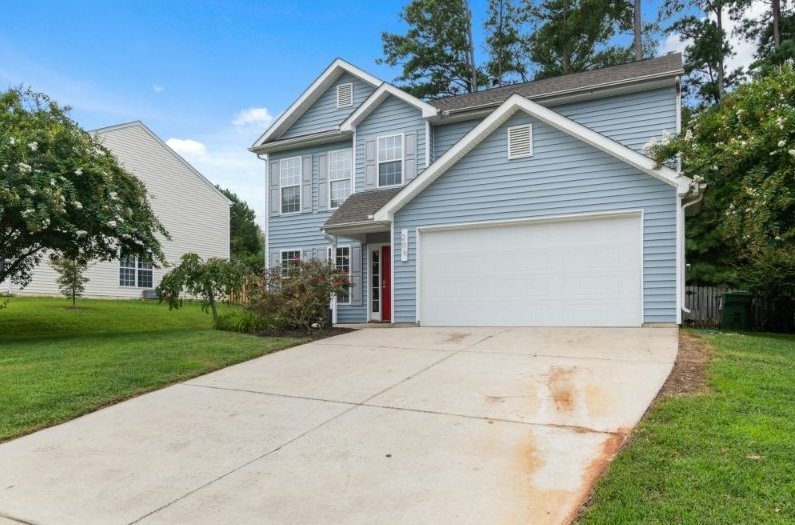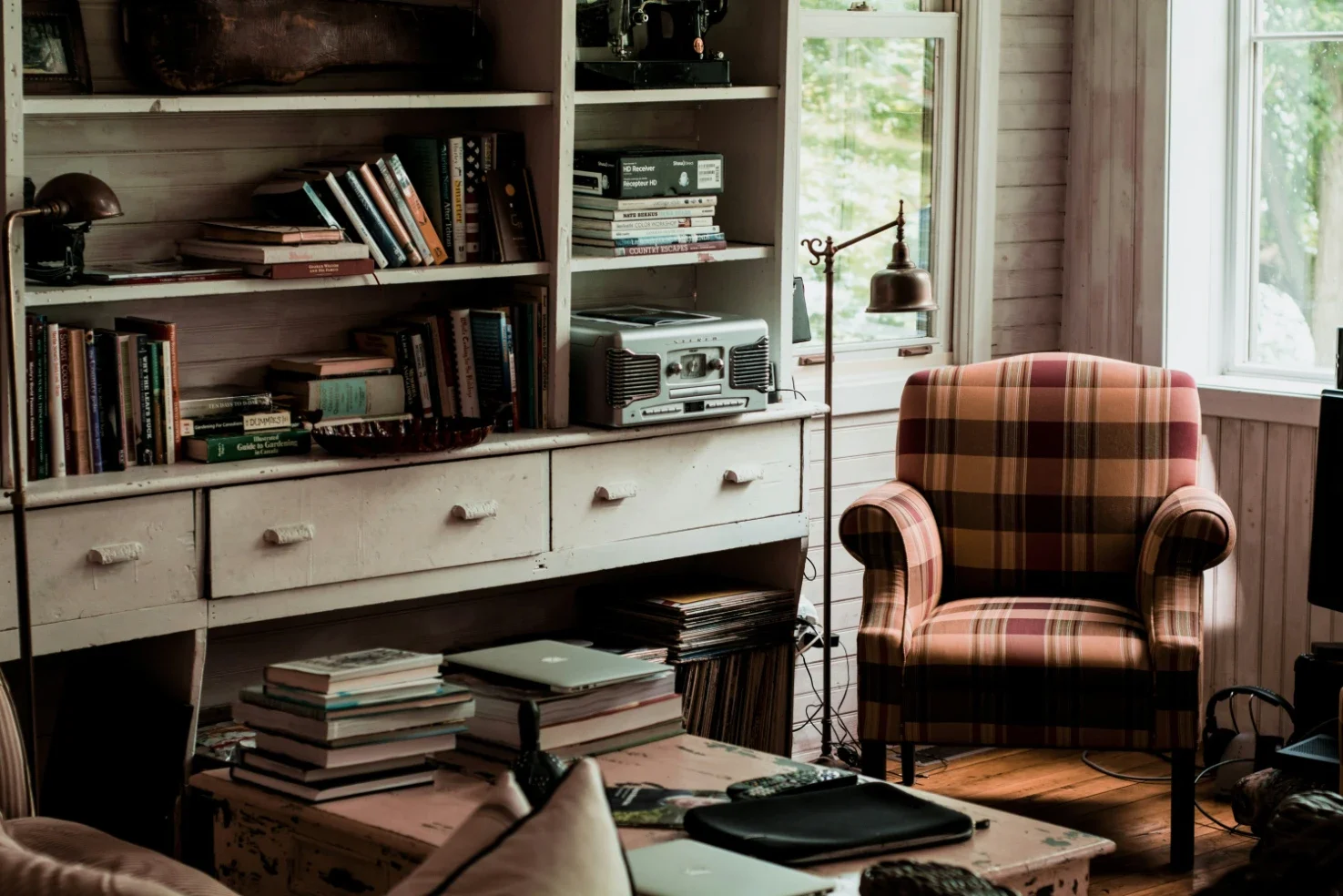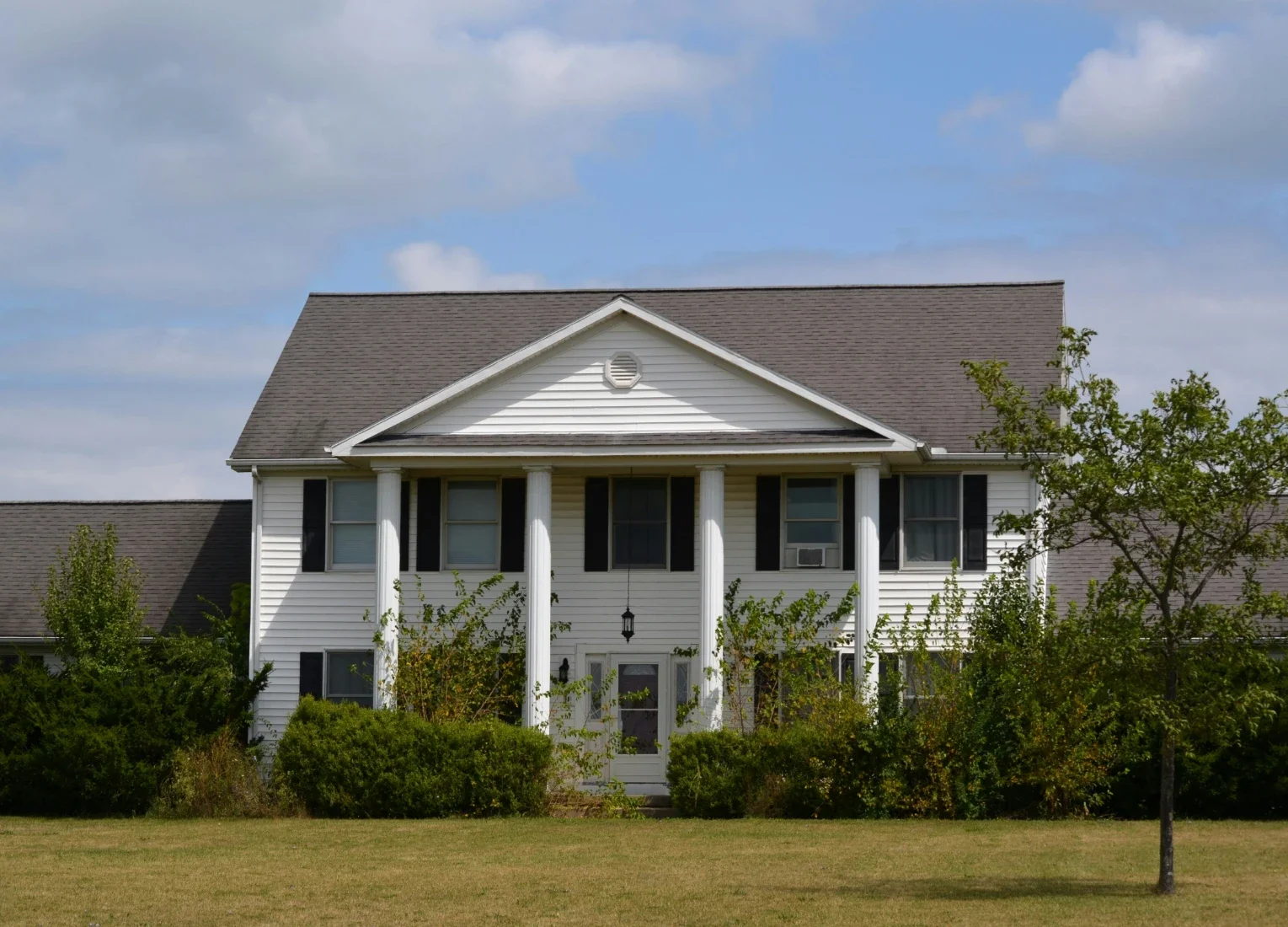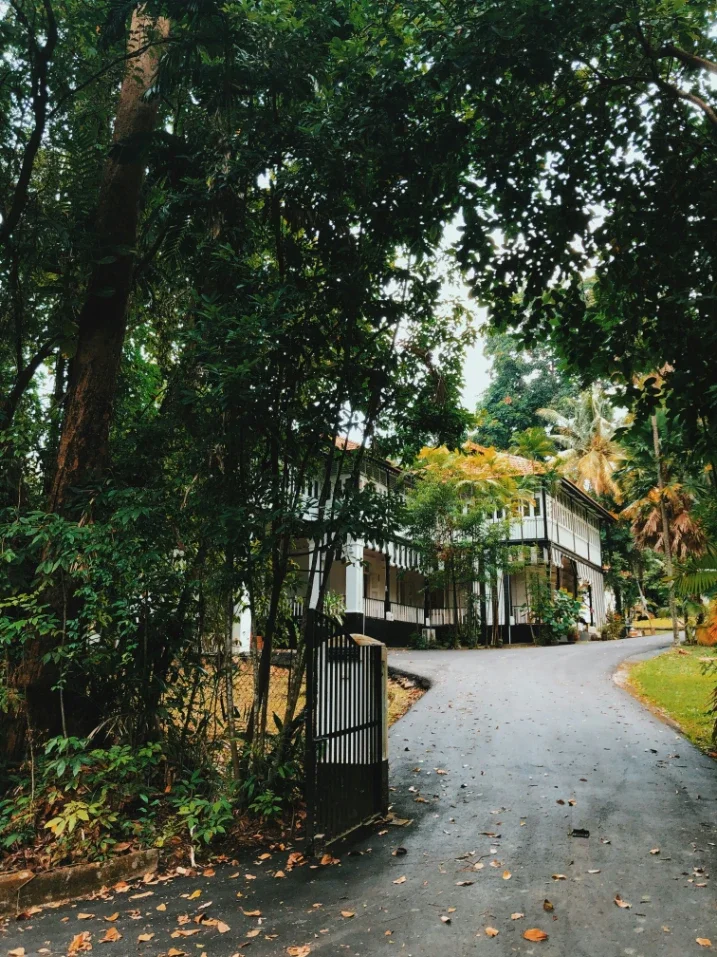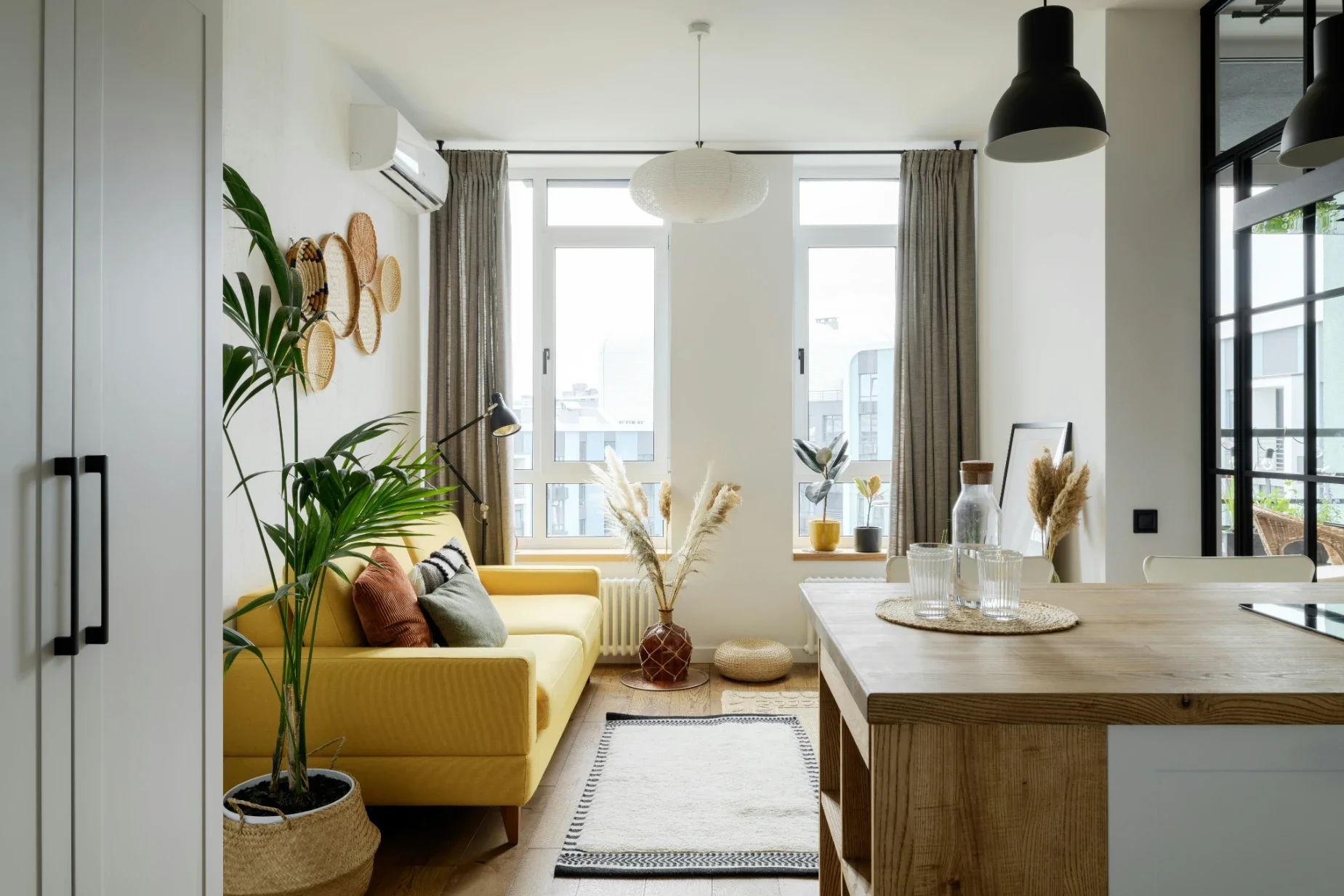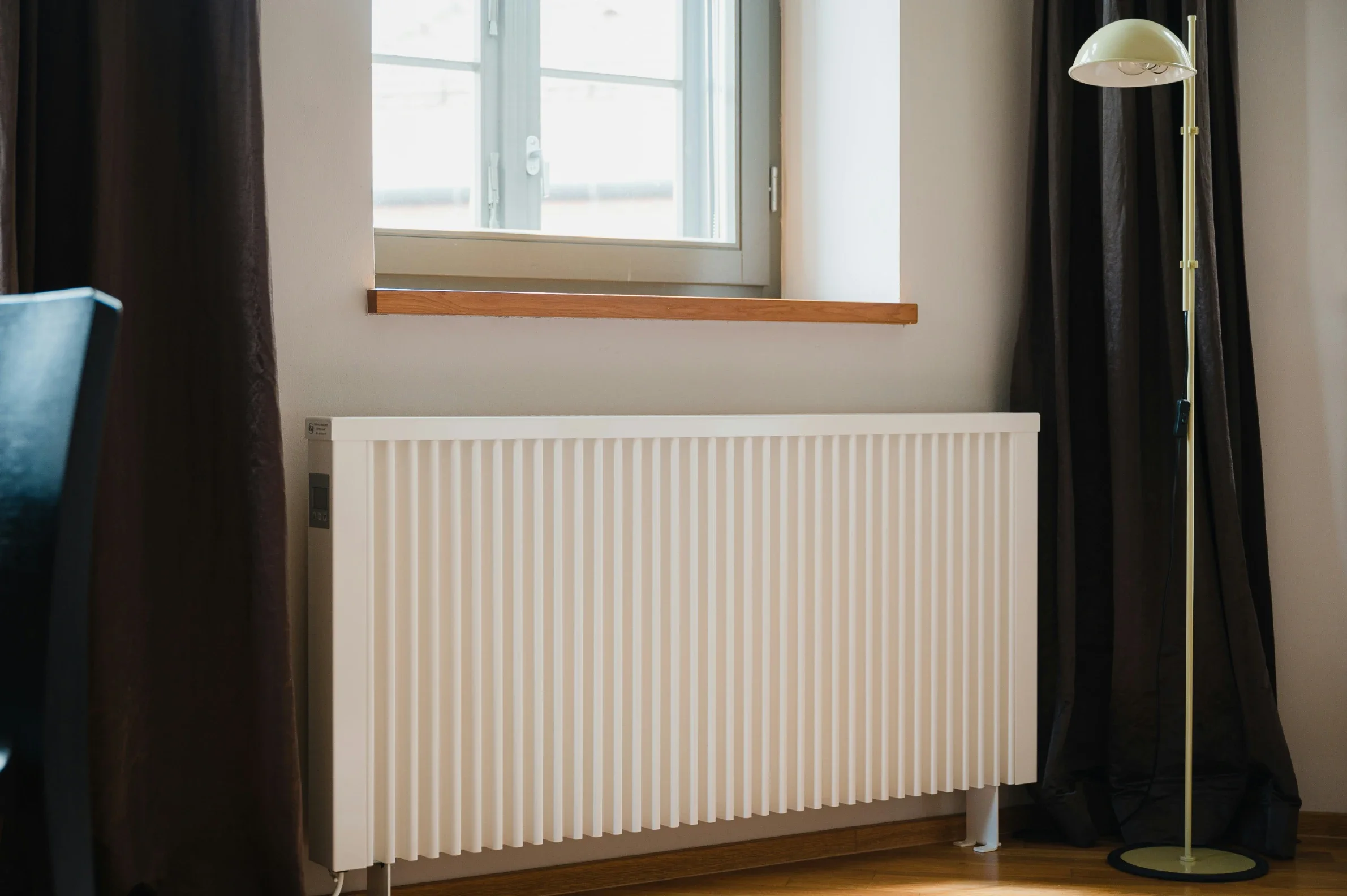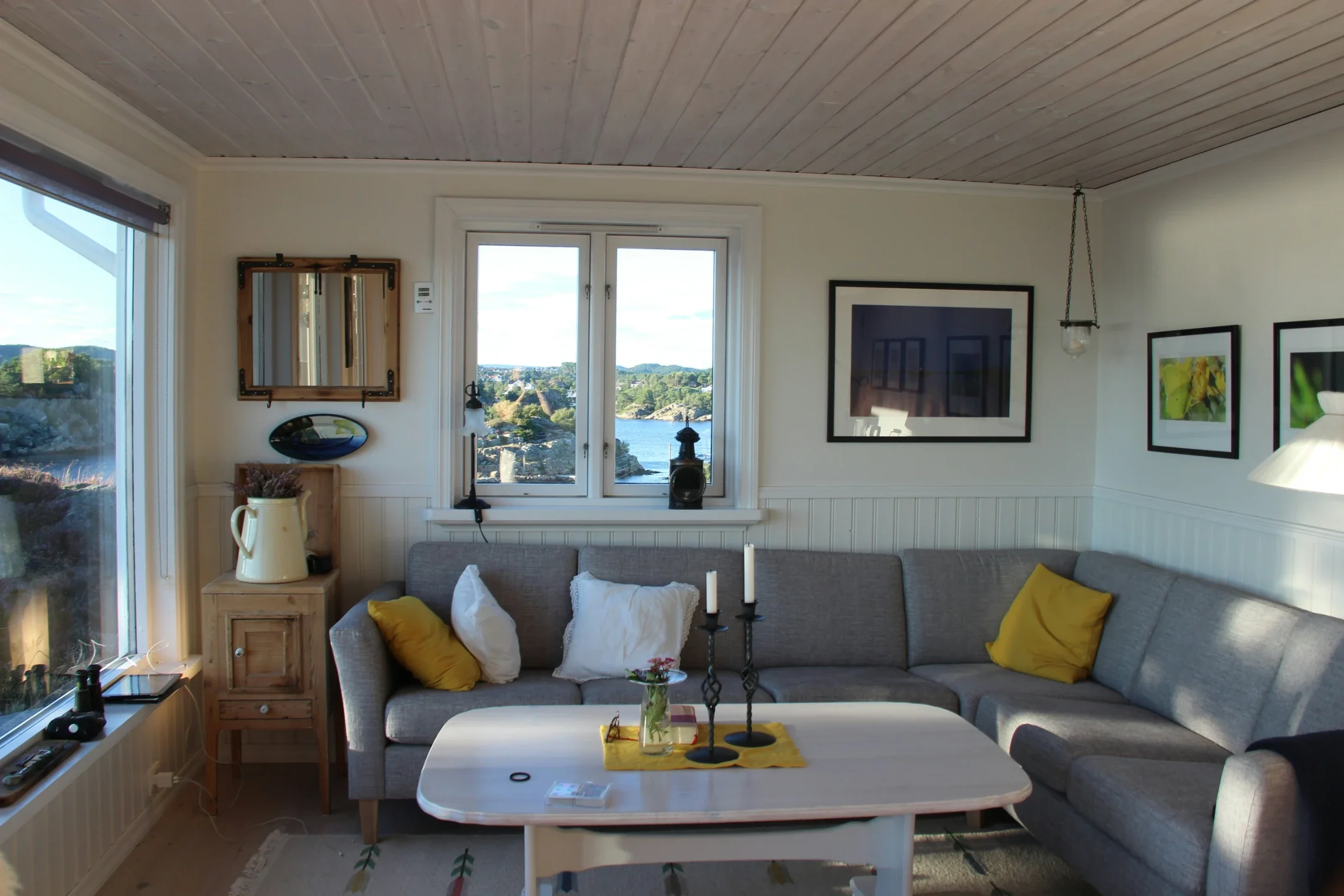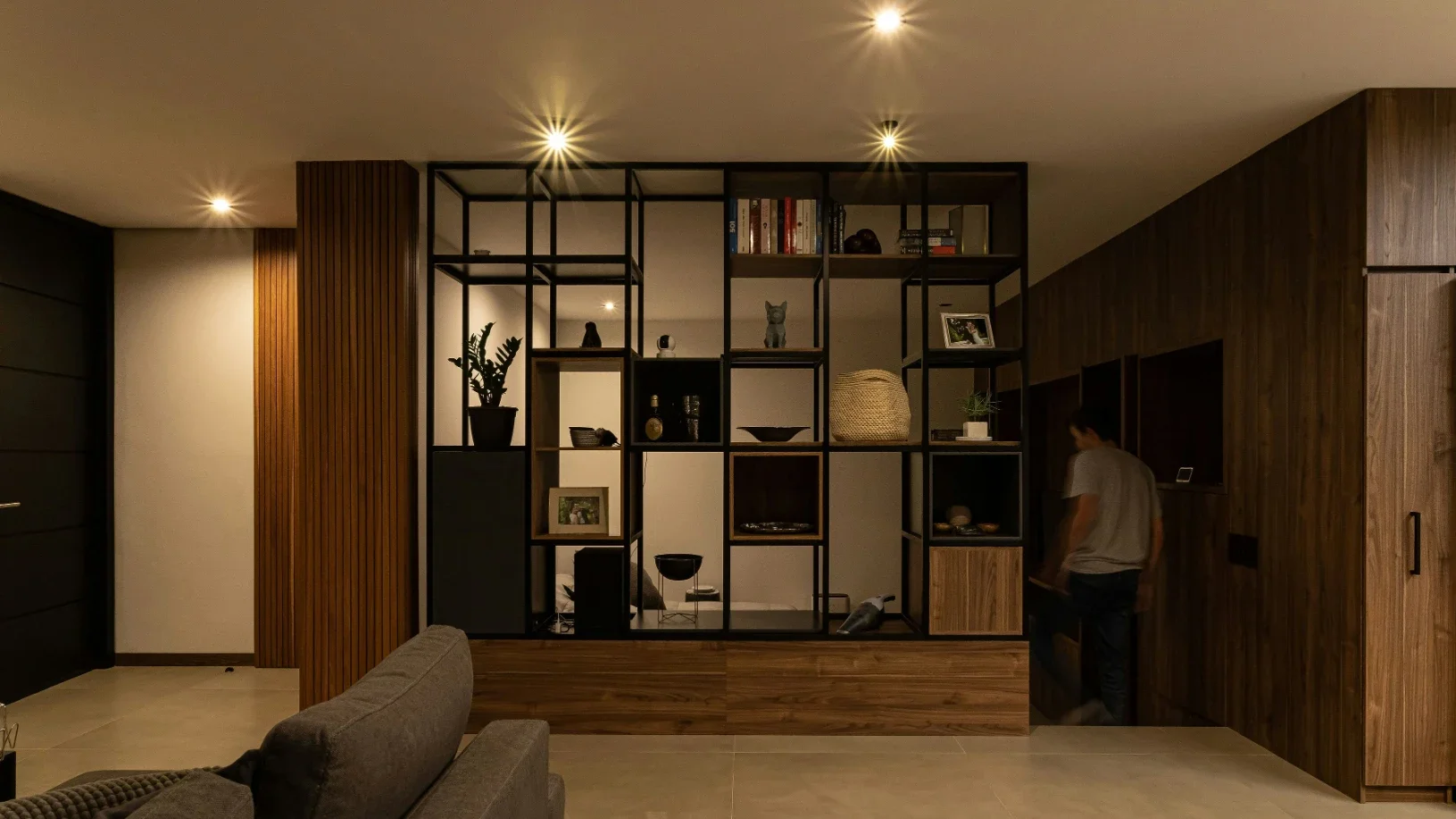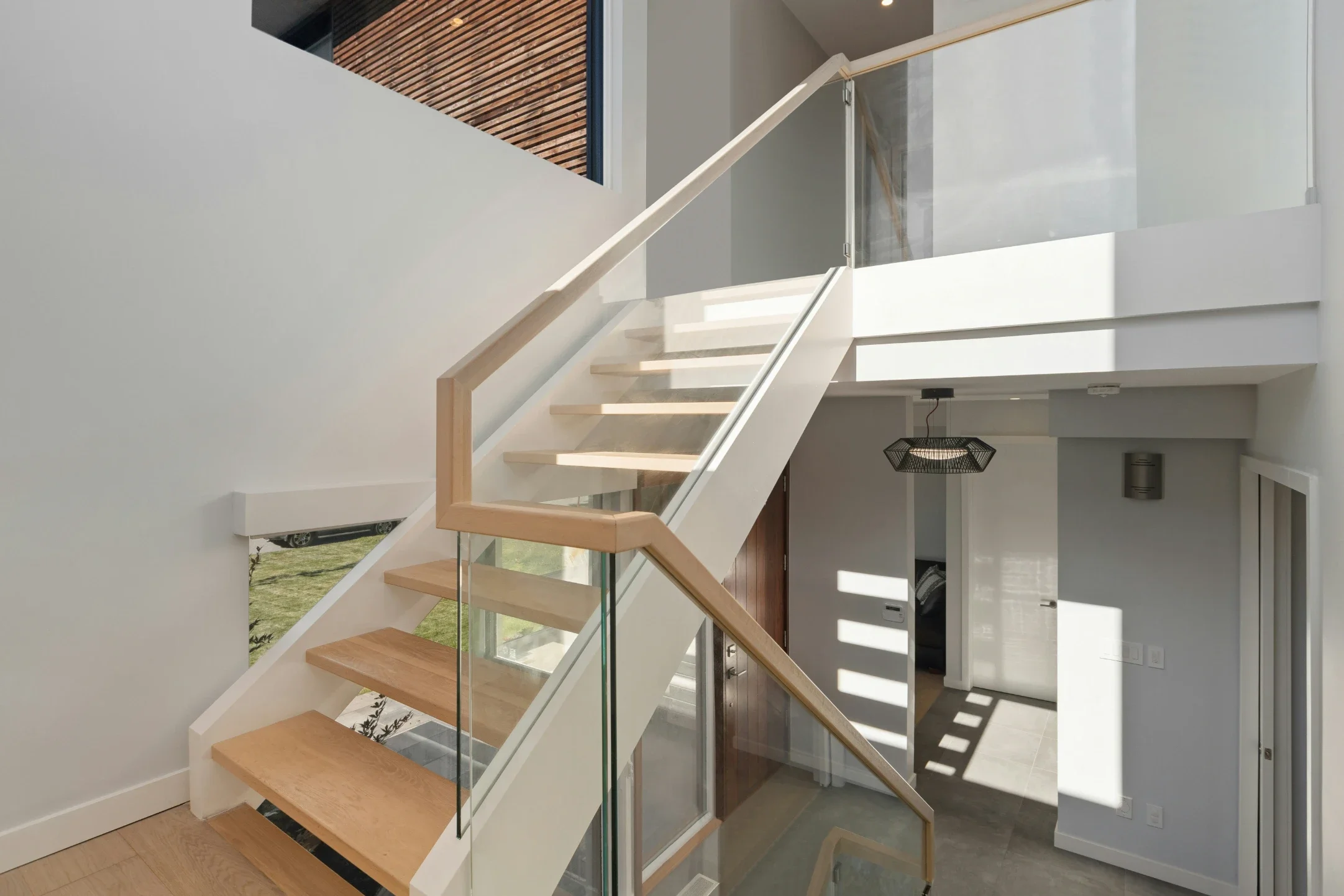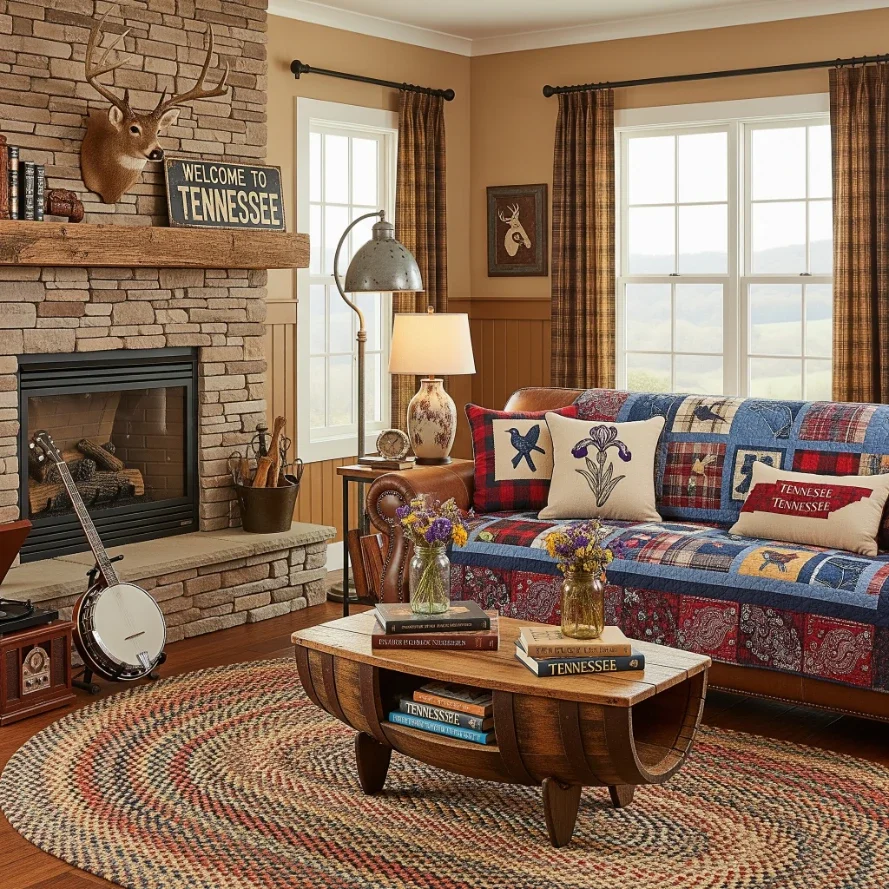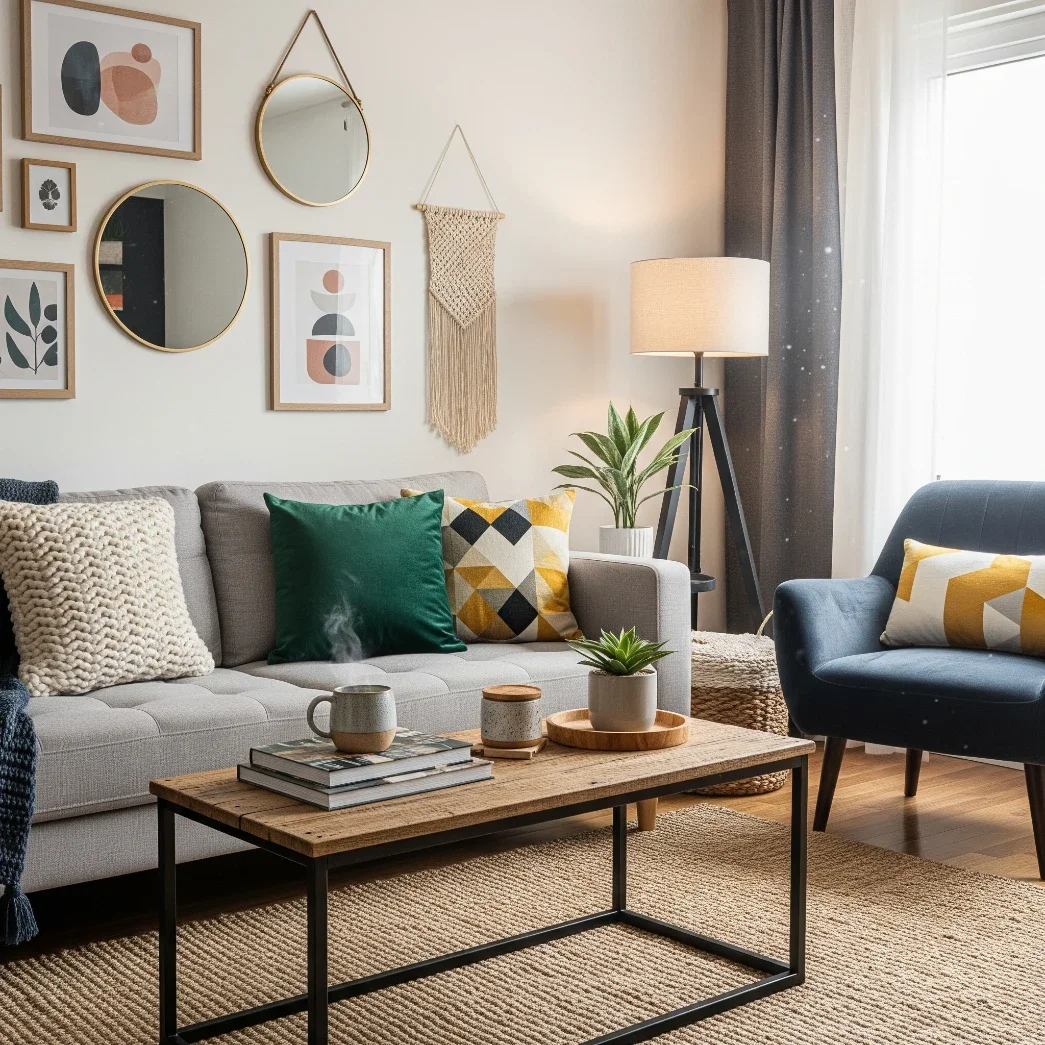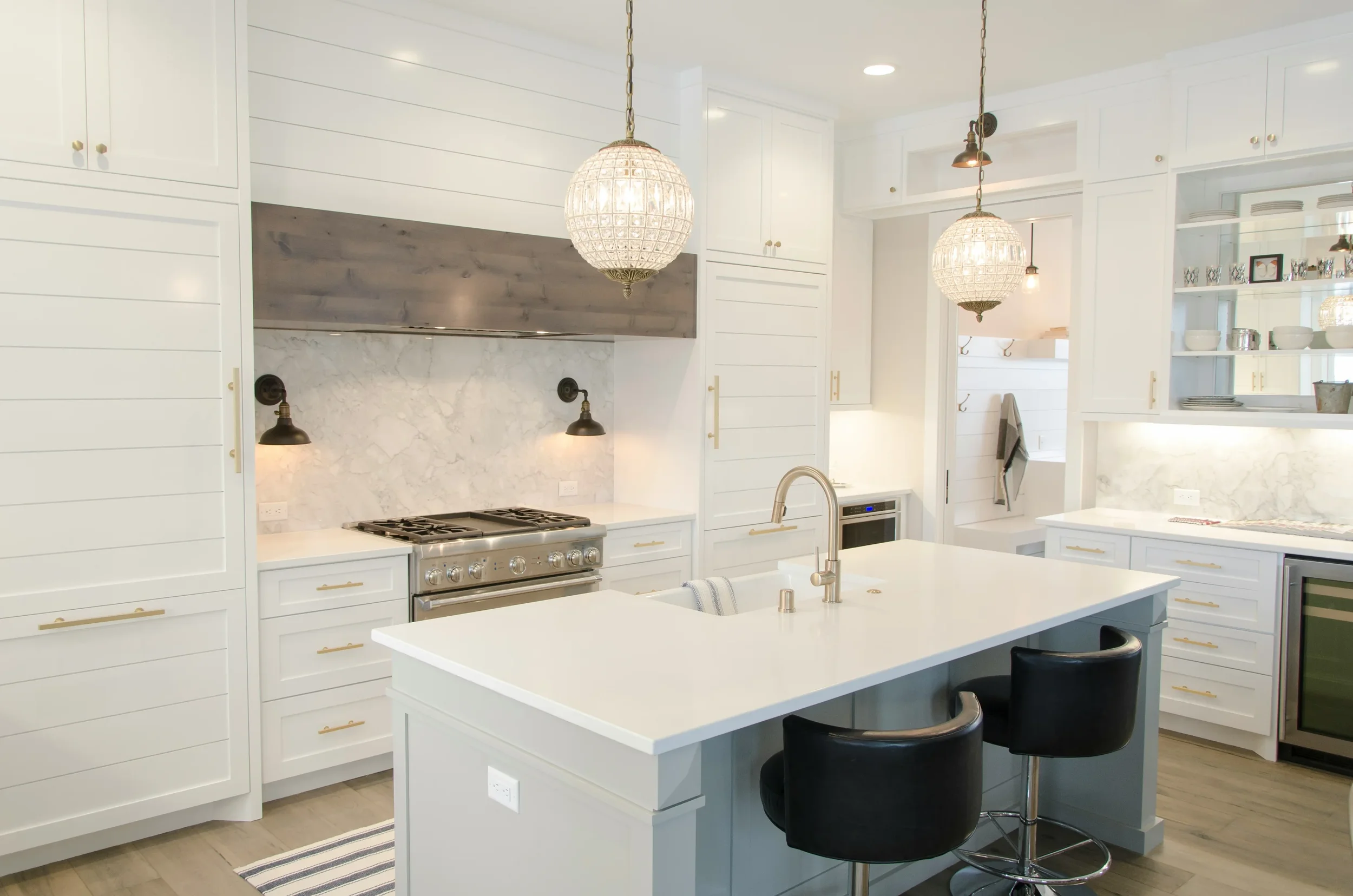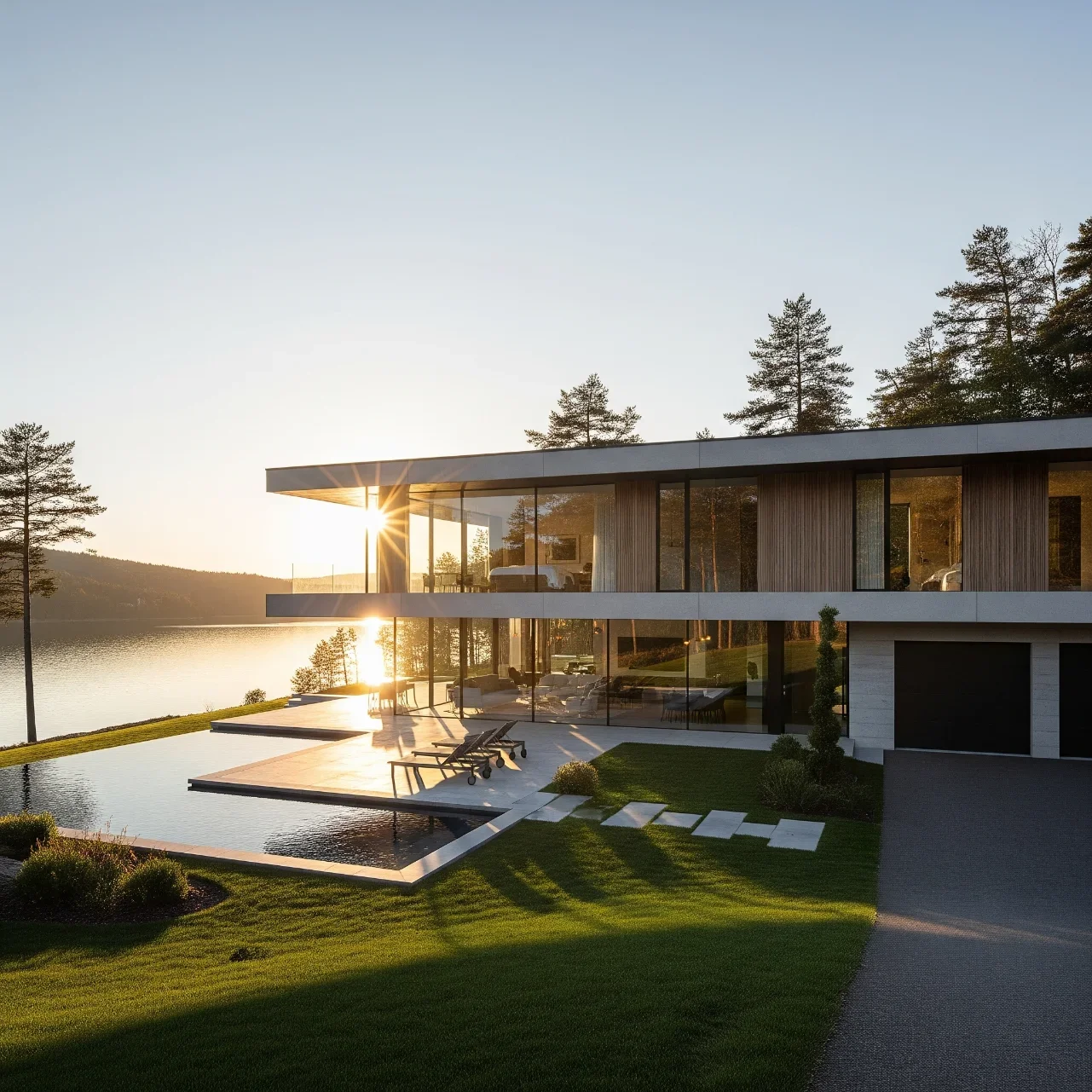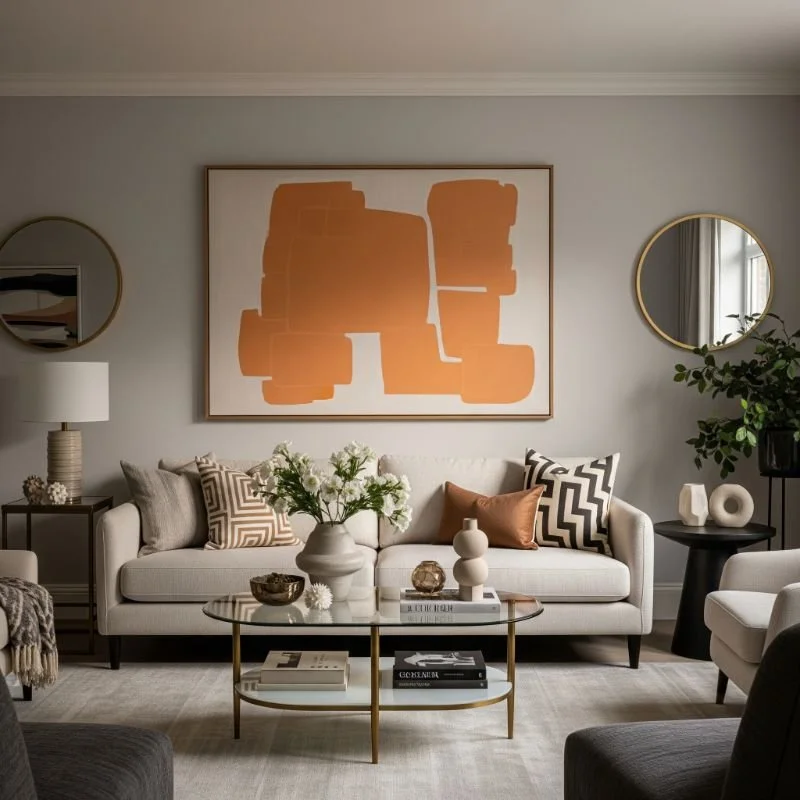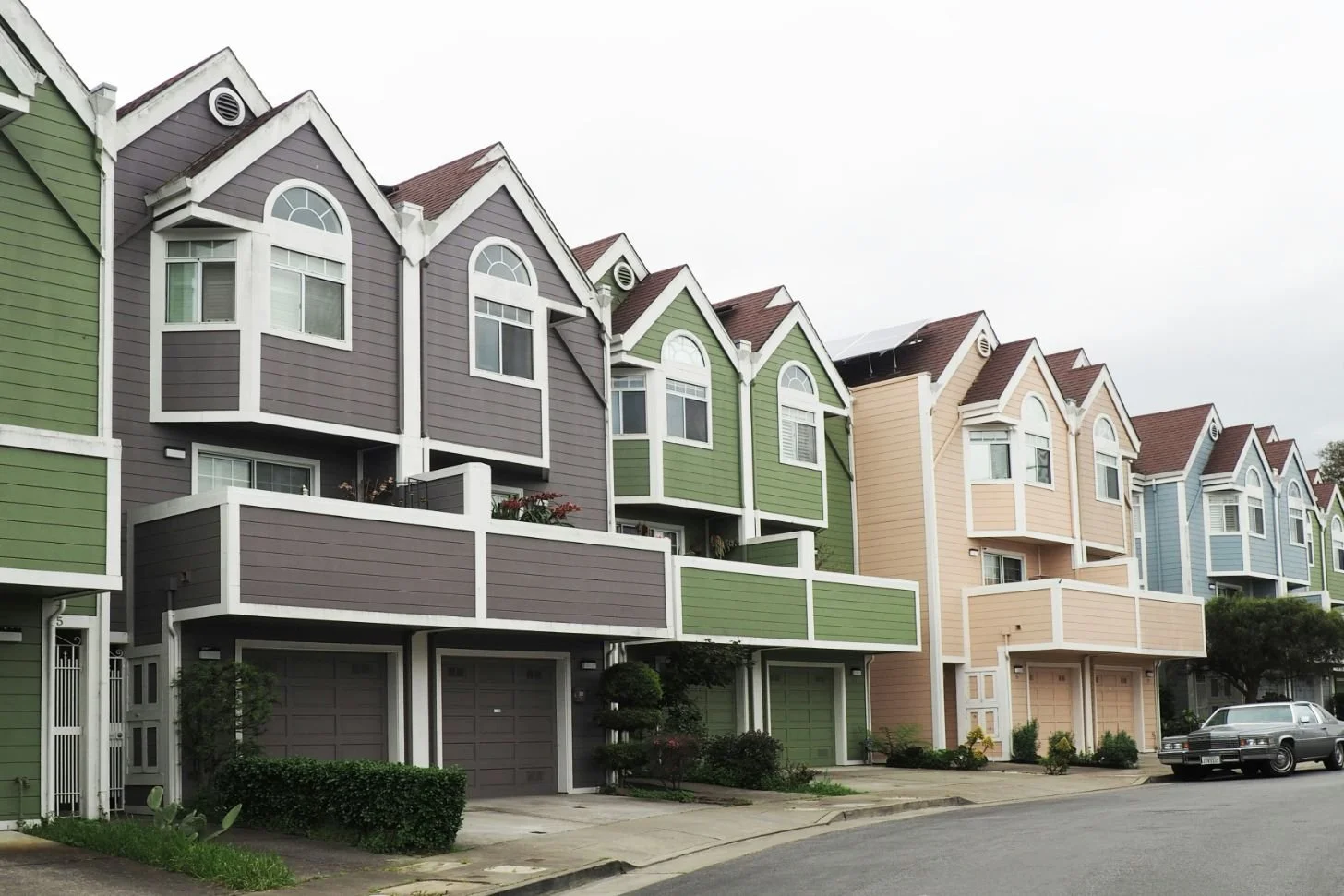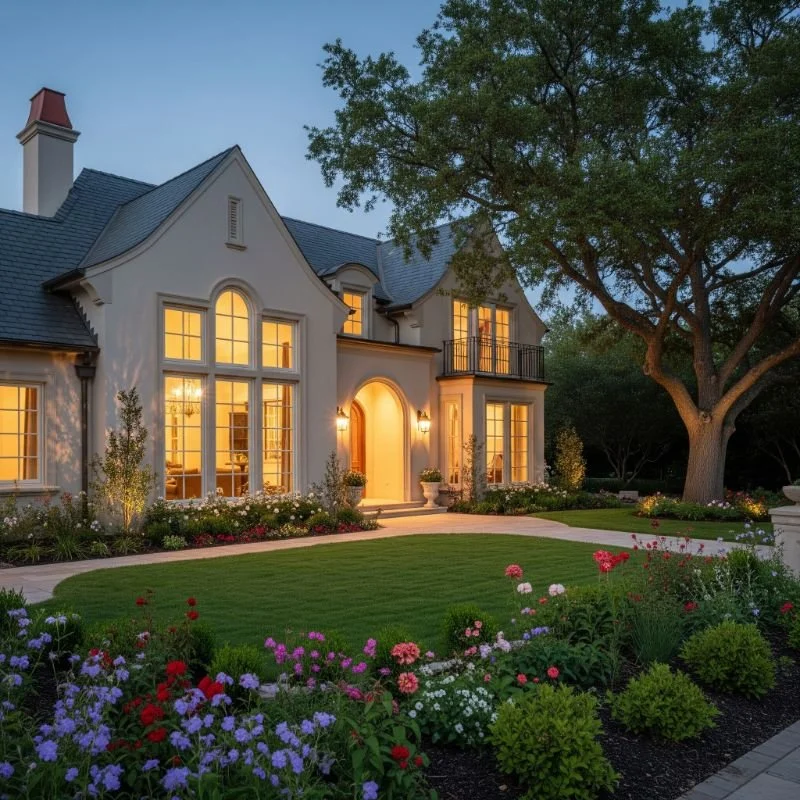Rural Real Estate: How to Design a Dream Home Away from the City
Discover key tips for designing your dream home in the countryside—blending comfort, style, and functionality in rural real estate living.
When finding a dream home, many people move away from the fast pace of city life and settle in the peace of rural areas. The charm of rural living lies in its calm atmosphere, open spaces, and strong connection to nature. For those who feel overwhelmed by the noise and rush of the city, a home surrounded by nature offers an appealing alternative.
Designing a dream home in the countryside means creating a space that reflects your style while blending in with the surrounding landscape. A rural home isn’t just about building a house—it’s about crafting a sanctuary that complements the natural beauty around it.
Taking time to design a home that fits your needs and the location's character will help turn your rural property into a true dream home.
Choosing the Right Location
The first step in designing your dream rural home is finding the correct location. The area you choose will shape how your home feels and how it fits into your lifestyle. Many people in the United States are drawn to homes with privacy, expansive views, and a sense of separation from city noise.
In the United Kingdom, some people prefer a rural setting close to basic services, allowing them to enjoy peace without feeling isolated. In Australia, people often try Montgomery Homes when looking for custom-designed homes suited to rural settings, ensuring their dream home is functional and stylish.
When considering your location, think about the size of the land, the surrounding views, and access to basic essentials like healthcare, schools, and transportation. Living in the countryside can provide more space and privacy, but choosing a place that aligns with your lifestyle is still important.
Consider whether you want to be near a village or in a more remote location. Visit different areas and ensure the location matches your vision for rural living.
Incorporating Rural Design Elements
Designing a rural home offers the chance to embrace the natural beauty of the surroundings. Many rural homes use wood, stone, and brick: materials that not only blend well with the landscape, but also add aesthetic value and durability. For example, natural stone walls or wooden beams can create a strong connection between your home and the environment, making it feel part of it rather than detached.
Large windows are another key feature of rural homes, offering breathtaking views of the outdoors and allowing natural light to flood the interior. Open floor plans are also popular, as they enhance the sense of space as if it is part of the outdoors. The goal is to create a home that feels open, spacious, and connected to nature.
However, this doesn't mean sacrificing modern comforts. A rural home can blend traditional design with contemporary style, creating a beautiful and functional space.
Balancing Comfort and Practicality
While rural homes are often designed with aesthetics in mind, comfort and practicality are equally important. After all, this is a space where you'll live every day. Consider the layout of the home and how it will accommodate your lifestyle. Many people choose open-plan living spaces, which help create a relaxed and airy atmosphere while making the most of the available space
It’s also essential to consider heating and cooling systems, especially in rural areas where the climate can vary. Incorporate energy-efficient solutions like well-insulated walls and double-glazed windows to maintain comfort year-round.
Additionally, consider the amount of storage you need. Rural homes often have more space, so it’s crucial to design areas for tools, gardening equipment, and seasonal items, keeping everything organised and easily accessible.
Sustainability and Self-Sufficiency
Rural homes present a unique opportunity to embrace sustainable living and self-sufficiency. Many homeowners integrate eco-friendly solutions like solar panels, wind turbines, and rainwater harvesting systems. These technologies reduce your reliance on external utilities, helping lower your long-term energy costs and carbon footprint.
Self-sufficiency can also extend to growing your own food. The countryside offers plenty of room for gardens, orchards, and greenhouses. Designing your home with sustainability in mind helps reduce your carbon footprint and allows you to live in harmony with nature. Additionally, features like composting systems and energy-efficient appliances make creating an eco-friendly and comfortable home possible.
Maximising Outdoor Spaces
The great outdoors is one of rural living's most significant advantages, so designing your outdoor spaces is crucial for enhancing the overall experience. The possibilities are endless, whether you want a large garden, a deck, or an outdoor kitchen. These spaces allow you to enjoy the fresh air and make your home ideal for entertaining family and friends.
Consider privacy and how you’ll use your outdoor areas throughout the year. A fire pit or outdoor heater can extend your time outside in colder months. Additionally, proper landscaping can help your outdoor spaces feel like a natural extension of your home, blending seamlessly with the surrounding environment. Position seating areas to take advantage of stunning views while ensuring privacy from nearby roads or properties.
Final Words
Designing a dream home away from the city isn’t just about creating a building—it’s about creating a space that aligns with your lifestyle and allows you to embrace the tranquillity of rural living.
Every step plays a vital role in shaping the perfect countryside retreat, from selecting the right location and incorporating rural design elements to focusing on sustainability and maximising outdoor spaces. As you design your rural home, remember it’s all about blending comfort, practicality, and style while respecting and enhancing the natural surroundings.
